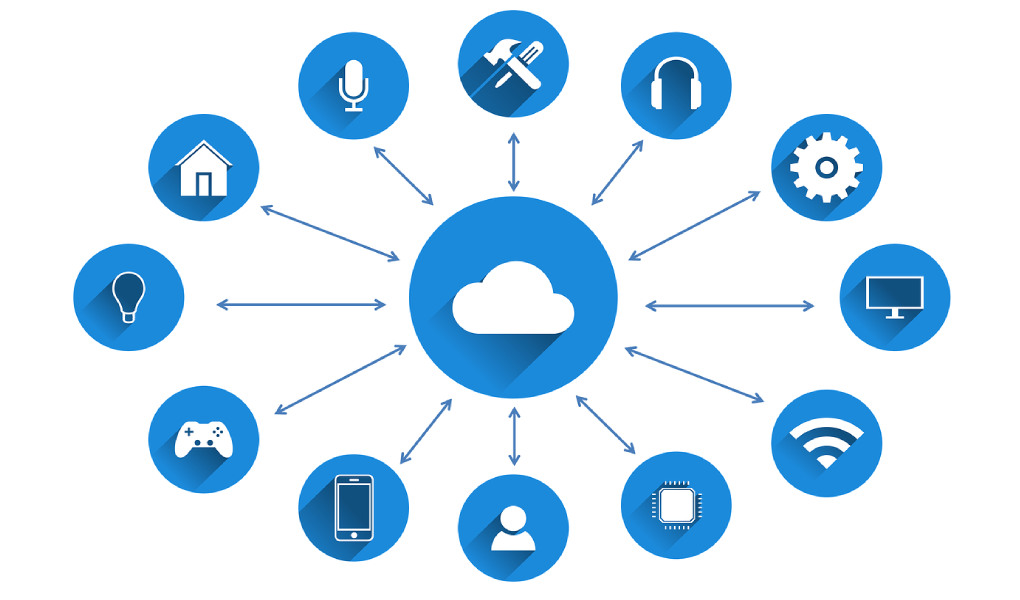To the industries that we have listed above, clouds can be used in many other areas, as they allow:
- Switch to modern architecture and modernize existing IT systems. You can migrate your applications to a more modern microservice format – isolated application components in the cloud. This format replaces the traditional monolithic architecture adapted to work on iron servers. Microservices are resistant to significant loads and allow you to quickly roll out updates and integrate new elements into IT systems.
- Use ready-made components of IT systems. PaaS (applications as a service) and applications in marketplaces are like building blocks that allow you to assemble the infrastructure to meet business requirements. Databases, machine learning frameworks, monitoring systems, application containers, and more can be used as infrastructure building blocks. They are deployed in the cloud in a few clicks and are already configured and ready for use: PaaS “packages” the expertise of their providers in setting up platforms.
- Organize MVP (minimum viable product) sandboxes. Testing business hypotheses in combat usually requires a robust infrastructure, but it only takes a few hours. For example, you want to test the “smart” processing of transaction data, which means you need an IT system with customized data processing environments. You use it for 10-12 hours and then turn it off. Instead of buying your equipment, you can rent such infrastructure in the cloud for the time you need. And to purchase capital capacities already in case of successful tests.
- Implement innovative technologies: big data, artificial intelligence, the Internet of things, and others. Clouds can become the basis of digital transformation for companies in almost any field: from the financial sector to retail, from media projects to healthcare.
What Prevents Businesses From Migrating To The Cloud
Russian consumers have several persistent misconceptions that prevent the transition to the cloud:
- Now it is safe in the clouds, but many remember a different time. The first clouds did not have the advantages that modern cloud platforms offer; they were not so secure. For example, in 2010, there was a data leak from the Microsoft cloud because attackers took advantage of a vulnerability in the user authorization system.
- Over the past nine years, clouds have advanced so far that they are more secure than private infrastructures.
- Decision makers don’t start data migration. The cloud partially replaces and automates the functions of IT departments, so their management may resist change. At the same time, IT departments understand that transitioning to cloud infrastructure is beneficial and reduces costs.
- Outdated IT systems are difficult to migrate to the cloud, as they are built on unique architectures that do not imply the possibility of migration. As a result, the transition to the cloud requires processing many applications, specific expertise, and a large number of resources. However, the resources invested in the cloud will be repaid in the future.



